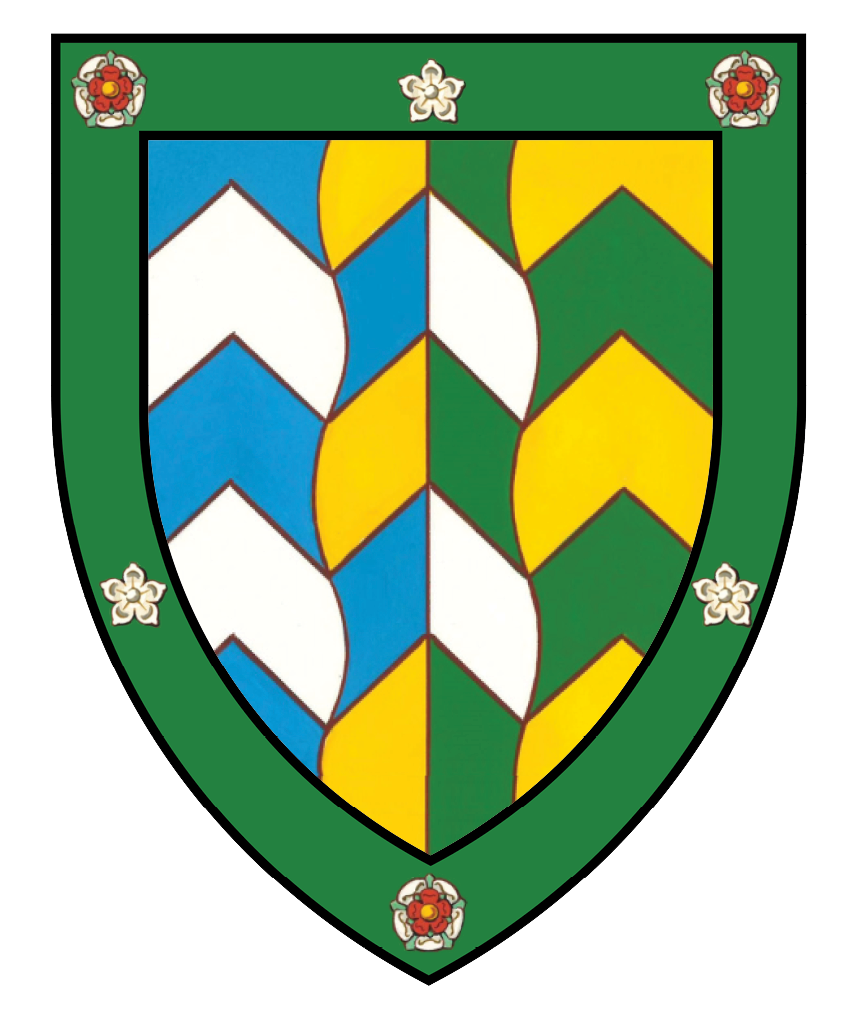Manorial records
Manorial records document a particular system of landholding which existed in England from the Middle Ages and which survived in some cases into the 20th Century. The manorial system defined a particular type of relationship between a landowner and his tenants, with local variations from manor to manor. A small manor often consisted of a local squire with a manor house and a few tenants, farming a few acres each. At the other end of the scale, manors often were units in the large estates (sometimes consisting of dozens of manors) of monarchs, leading nobles and aristocrats, or rich and influential corporate bodies such as religious houses, colleges and schools.
The different types of records generated by officials administering manors have great importance for research, whether this be genealogy, local history or social history. The records can be potentially rich with names of persons, places, and dates of land-holding, deaths and inheritance. The lord usually held a regular court at which tenants were obliged to attend and a number would serve as jurors. Rules for the good agricultural and social well-being of the community were established, and those who broke these rules would be punished and fined. The court could act as a small claims court for actions at law between tenants and the lord might have privileges to hear and punish certain other crimes and infringements. The manor would also record changes of tenancy by death or transfer and the admittance of new tenants. Similarly the manor recorded payments made by tenants for their land-holdings to their lord. Larger estates might have records including detailed accounts, surveys and maps of their manors.
Manorial records for Cumbria are held in many different collections within our holdings. Typically they are held within our family/estate and solicitors' collections but they can also be found within our Diocesan, school and miscellaneous/antiquarian collections. Researchers should also be aware that substantial manorial records are also held within private estate collections which may have restrictions on access or which may be requested through the Cumbria Archive Centres.
For useful information on Cumbria manorial records, users should consult the Cumbria Manorial Records Project site of the Department of History, University of Lancaster. This provides a full explanation and example images of manorial records, a glossary of manorial and legal words and phrases, a guide to some of the major estates, and also further details on customary or northern tenantright, the particular form of manorial tenancy which applied in the English border counties, including Cumberland, Westmorland and Lancashire North of the Sands.
For the main holdings of each Cumbrian manor, users can search the Manorial Documents Register hosted by The National Archives. This now covers the manors of the counties which constitute modern Cumbria: - Cumberland, Westmorland, Lancashire North of the Sands (Furness) and Yorkshire, West Riding.
More detailed guides to the manors of Cumberland, Westmorland and Furness and their records can be found below. The boundaries of manors often do not coincide with parish boundaries and our lists gives details of the particular manors found in each parish. These guides are not intended to be as detailed as the Manorial Documents Register, but they indicate which manors may relate to Cumbrian villages, towns and parishes, and relevant archive collections.
